On the set of a playwright’s new project, a love triangle forms between his wife, her ex-lover, and the call girl-turned-actress cast in the production. She’s Funny That Way is […]
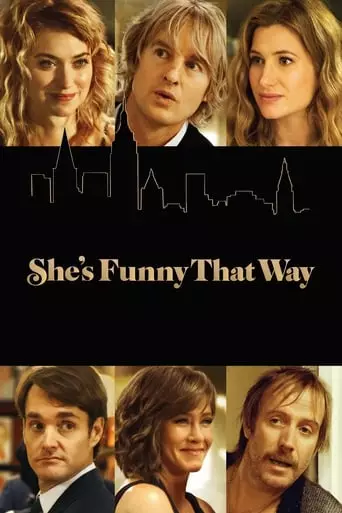
On the set of a playwright’s new project, a love triangle forms between his wife, her ex-lover, and the call girl-turned-actress cast in the production. She’s Funny That Way is […]
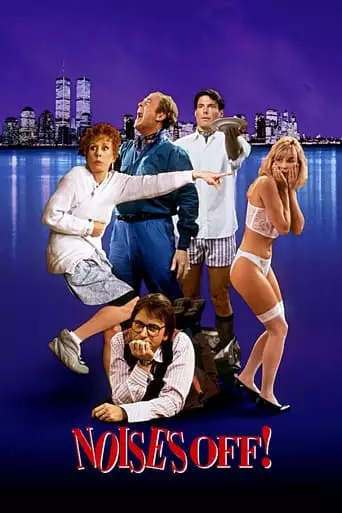
Hired to helm an Americanized take on a British play, director Lloyd Fellowes does his best to control an eccentric group of stage actors. With a star actress quickly passing […]

A boy with a massive facial skull deformity and his biker gang mother attempts to live as normal a life as possible under the circumstances. Mask (1985), directed by Peter […]
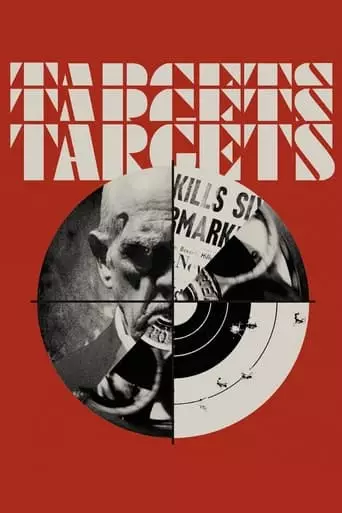
The fate of a washed-up horror actor intersects with a psychotic sniper on a killing spree. Targets is a psychological thriller directed by Peter Bogdanovich, which intertwines two seemingly unrelated […]

The accidental mix-up of four identical plaid overnight bags leads to a series of increasingly wild and wacky situations. What’s Up, Doc? is a screwball comedy directed by Peter Bogdanovich […]
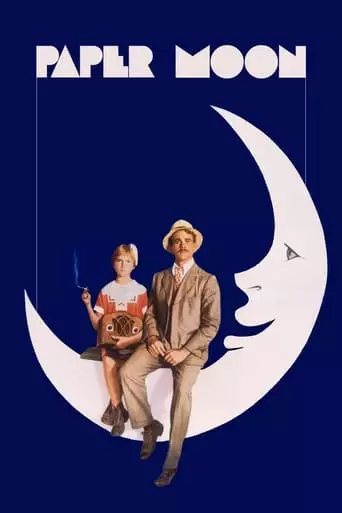
A bible salesman finds himself saddled with a young girl who may or may not be his daughter, and the two forge an unlikely partnership as a money-making con team […]
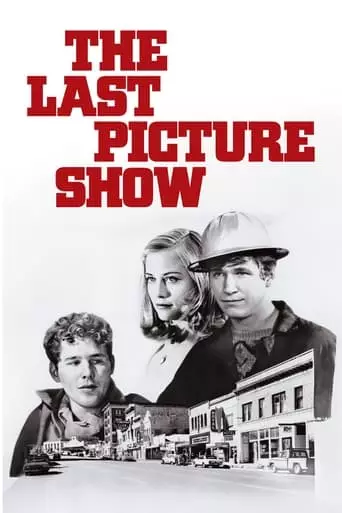
High school seniors and best friends, Sonny and Duane, live in a dying Texas town. The handsome Duane is dating a local beauty, while Sonny is having an affair with […]
Peter Bogdanovich: The Cinematic Historian Who Became a Legend
Peter Bogdanovich, an acclaimed filmmaker, actor, and film historian, left an indelible mark on Hollywood with his blend of reverence for cinema’s golden age and a modern storytelling sensibility. Known for classics like The Last Picture Show (1971), Paper Moon (1973), and What’s Up, Doc? (1972), Bogdanovich became one of the defining directors of the New Hollywood era of the 1970s.
His career, marked by stunning highs and challenging lows, reflected his deep passion for filmmaking and storytelling. Beyond his directorial achievements, Bogdanovich was also a prolific writer and actor, celebrating and preserving the legacy of cinema’s pioneers.
Early Life and Career
Peter Bogdanovich was born on July 30, 1939, in Kingston, New York, to a family of Serbian and Austrian descent. Raised in a household that valued the arts, he developed an early passion for theater and film.
Bogdanovich studied acting at the Stella Adler Studio of Acting in New York City and began his career as a stage actor and director. However, his love for cinema led him to work as a film programmer and critic. His essays and monographs on directors such as Orson Welles, John Ford, and Howard Hawks demonstrated his encyclopedic knowledge of film history and earned him recognition as a leading voice in film criticism.
Transition to Filmmaking
Bogdanovich’s transition to filmmaking began in the 1960s when he worked as an assistant to Roger Corman, the legendary producer known for fostering young talent. His directorial debut, Targets (1968), was a low-budget thriller that showcased his ability to craft suspenseful narratives while addressing contemporary social issues, such as gun violence.
This success caught the attention of Hollywood, paving the way for Bogdanovich to helm more ambitious projects.
The Golden Years
The Last Picture Show (1971)
Bogdanovich’s breakthrough came with The Last Picture Show, a poignant coming-of-age drama set in a small Texas town in the 1950s. The film, shot in evocative black-and-white, explored themes of loss, nostalgia, and the passage of time. It received eight Academy Award nominations, winning two for Best Supporting Actor (Ben Johnson) and Best Supporting Actress (Cloris Leachman).
The film’s success cemented Bogdanovich’s reputation as a major filmmaker and highlighted his talent for working with actors, drawing career-defining performances from its ensemble cast, including Jeff Bridges and Cybill Shepherd.
What’s Up, Doc? (1972)
Following the success of The Last Picture Show, Bogdanovich directed What’s Up, Doc?, a screwball comedy starring Barbra Streisand and Ryan O’Neal. Inspired by the classic comedies of the 1930s and 1940s, the film was a critical and commercial hit, showcasing Bogdanovich’s versatility and love for Hollywood’s golden age.
Paper Moon (1973)
This Depression-era comedy-drama, also starring Ryan O’Neal and his daughter Tatum O’Neal, was another triumph for Bogdanovich. The film’s unique blend of humor and pathos, combined with its striking black-and-white cinematography, earned widespread acclaim. Tatum O’Neal’s performance made her the youngest-ever recipient of an Academy Award, winning Best Supporting Actress at age 10.
Challenges and Comebacks
Despite his early successes, Bogdanovich’s career faced significant challenges in the mid-1970s and 1980s. Films like Daisy Miller (1974) and At Long Last Love (1975) were critical and commercial failures, tarnishing his reputation. His personal life, including a highly publicized relationship with actress Cybill Shepherd and the tragic murder of his partner Dorothy Stratten, also took a toll.
However, Bogdanovich continued to work, directing films such as Mask (1985), a touching drama about a young boy with a rare disease, which was both a critical and commercial success.
A Multifaceted Career
In addition to directing, Bogdanovich was an accomplished writer, actor, and film historian. His books, including Who the Devil Made It and This Is Orson Welles, are considered essential reading for cinephiles, offering invaluable insights into the craft and history of filmmaking.
As an actor, Bogdanovich appeared in several films and television shows, most notably as Dr. Elliot Kupferberg in The Sopranos.
Legacy
Peter Bogdanovich’s work remains a testament to his deep love for cinema. His films, often infused with a sense of nostalgia and a reverence for the past, resonated with audiences and critics alike. He was instrumental in bridging the gap between the classic and modern eras of filmmaking, inspiring directors such as Wes Anderson, Quentin Tarantino, and Noah Baumbach.
Bogdanovich’s ability to blend homage with innovation ensured his place in the pantheon of great filmmakers. His work continues to be celebrated for its emotional depth, visual elegance, and timeless storytelling.
Conclusion
Peter Bogdanovich was more than a filmmaker; he was a custodian of cinema’s history and a passionate advocate for its future. Through his films, writings, and performances, he left an indelible mark on the world of cinema, reminding us of the enduring power of storytelling.
Bogdanovich’s legacy is not just in the films he made but in the inspiration he provided to generations of filmmakers and audiences, ensuring that his love for cinema will live on for years to come.